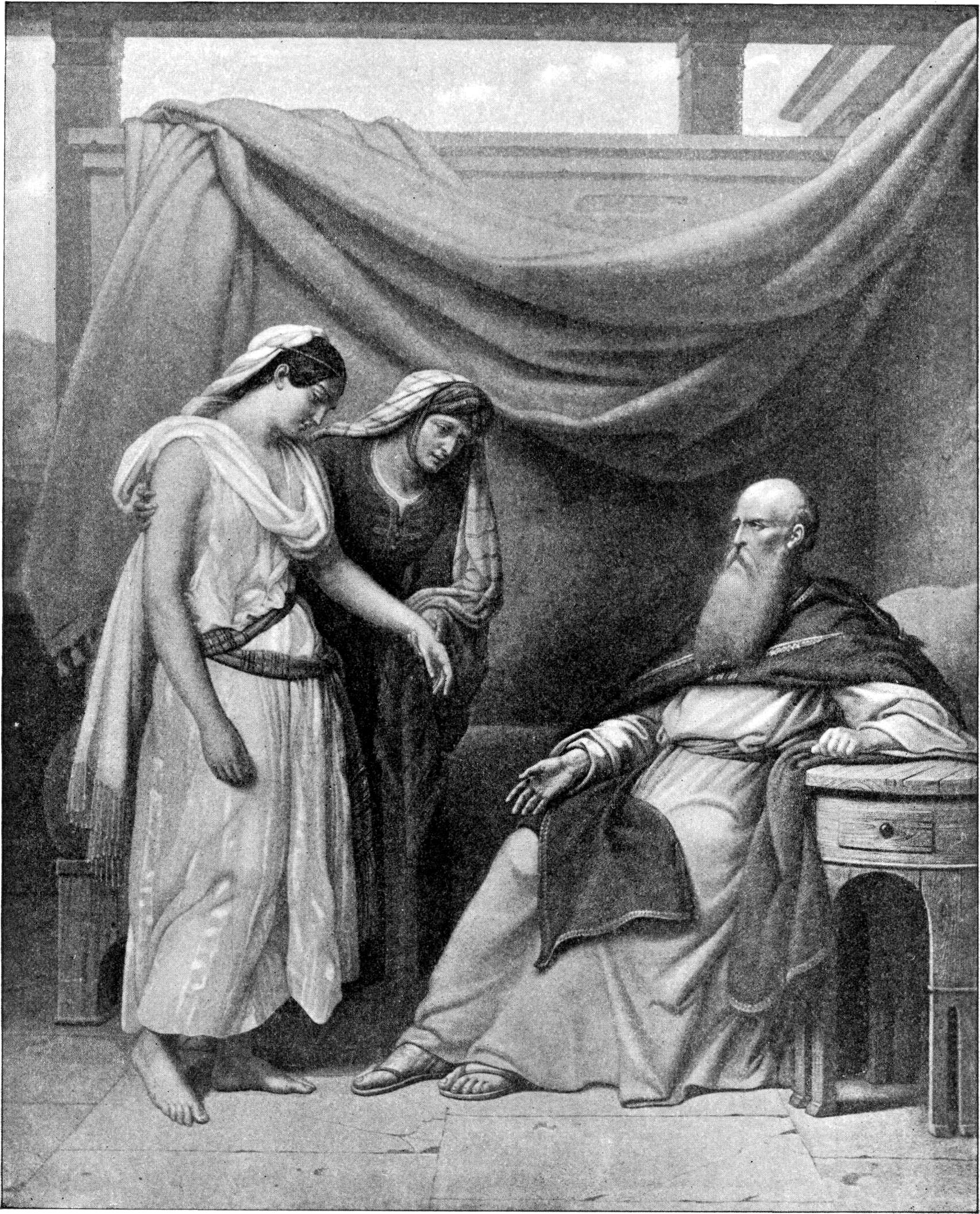|
Abrahamic God
Monotheism—the belief that there is only one deity—is the focus of the Abrahamic religions, which like-mindedly conceive God as the all-powerful and all-knowing deity from whom Abraham received a divine revelation, according to their respective narratives. The most prominent Abrahamic religions are Judaism, Christianity, and Islam. They—alongside Samaritanism, Druzism, the Baháʼí Faith, and Rastafari—all share a common foundation in worshipping Abraham's God, who is called ''Yahweh'' in Hebrew and ''Allah'' in Arabic. Likewise, the Abrahamic religions share similar features distinguishing them from other categories of religions: *all of their theological traditions are, to some extent, influenced by the depiction of the God of Israel in the Hebrew Bible; *all of them trace their roots to Abraham as a common genealogical and spiritual patriarch. In the Abrahamic tradition, God is one, eternal, omnipotent, omniscient, and the creator of the universe. God is typ ... [...More Info...] [...Related Items...] OR: [Wikipedia] [Google] [Baidu] [Amazon] |
Monotheism
Monotheism is the belief that one God is the only, or at least the dominant deity.F. L. Cross, Cross, F.L.; Livingstone, E.A., eds. (1974). "Monotheism". The Oxford Dictionary of the Christian Church (2 ed.). Oxford: Oxford University Press. A distinction may be made between exclusive monotheism, in which the one God is a singular existence, and both inclusive and pluriform monotheism, in which multiple gods or godly forms are recognized, but each are postulated as extensions of the same God. Monotheism is distinguished from henotheism, a religious system in which the believer worships one god without denying that others may worship different gods with equal validity, and monolatry, monolatrism, the recognition of the existence of many gods but with the consistent worship of only one deity. The term ''monolatry'' was perhaps first used by Julius Wellhausen. Monotheism characterizes the traditions of Abrahamic religions, Abrahamic religions such as Judaism, Samaritanism, Christi ... [...More Info...] [...Related Items...] OR: [Wikipedia] [Google] [Baidu] [Amazon] |
Hebrew Language
Hebrew (; ''ʿÎbrit'') is a Northwest Semitic language within the Afroasiatic language family. A regional dialect of the Canaanite languages, it was natively spoken by the Israelites and remained in regular use as a first language until after 200 CE and as the liturgical language of Judaism (since the Second Temple period) and Samaritanism. The language was revived as a spoken language in the 19th century, and is the only successful large-scale example of linguistic revival. It is the only Canaanite language, as well as one of only two Northwest Semitic languages, with the other being Aramaic, still spoken today. The earliest examples of written Paleo-Hebrew date back to the 10th century BCE. Nearly all of the Hebrew Bible is written in Biblical Hebrew, with much of its present form in the dialect that scholars believe flourished around the 6th century BCE, during the time of the Babylonian captivity. For this reason, Hebrew has been referred to by Jews as '' ... [...More Info...] [...Related Items...] OR: [Wikipedia] [Google] [Baidu] [Amazon] |
Patriarchs (Bible)
The patriarchs ( ''Ab (Semitic), ʾAvot'', "fathers") of the Bible, when narrowly defined, are Abraham, his son Isaac, and Isaac's son Jacob, also named Israel, the ancestor of the Israelites. These three figures are referred to collectively as "the patriarchs", and the period in which they lived is known as the patriarchal age. Judaism, Christianity, and Islam hold that the patriarchs, along with their primary wives, known as the #Matriarchs, matriarchs (Sarah, Rebekah and Leah), are entombed at the Cave of the Patriarchs, a site held holy by the three religions. Rachel, Jacob's other wife, is said to be buried separately at what is known as Rachel's Tomb, near Bethlehem, at the site where she is believed to have died in childbirth. More widely, the term patriarchs can be used to refer to the twenty male ancestor-figures between Adam and Abraham. The first ten of these are called the antediluvian patriarchs, because they came before Genesis flood narrative, the Flood. By the ... [...More Info...] [...Related Items...] OR: [Wikipedia] [Google] [Baidu] [Amazon] |
Abraham's Family Tree
Abraham is known as the patriarch of the Israelite people through Isaac, the son born to him and Sarah in their old age and the patriarch of Arabs through his son Ishmael, born to Abraham and Hagar, Sarah's Egyptian servant. Although Abraham's forefathers were from southern Mesopotamia (in present-day Iraq)Abraham, Wigoder, Geoffrey. ''Illustrated Dictionary and Concordance of the Bible''. 1986. The Jerusalem Publishing House. , pp. 22-23 according to the biblical narrative, their deity Yahweh led Abraham on a journey to the land of Canaan, which he promised to his children. Source criticism The genealogy of Abraham appears in , , , , , and . The documentary hypothesis attributes these genealogies to the Priestly source. Biblical narrative Abram and Sarai prospered materially but they had no children. Abram thought to leave his estate to a trusted servant, but God promised him a son and heir. When he was 86 years old, Sarai suggested and Abram agreed that a practical way to have ... [...More Info...] [...Related Items...] OR: [Wikipedia] [Google] [Baidu] [Amazon] |
Oxford University Press
Oxford University Press (OUP) is the publishing house of the University of Oxford. It is the largest university press in the world. Its first book was printed in Oxford in 1478, with the Press officially granted the legal right to print books by decree in 1586. It is the second-oldest university press after Cambridge University Press, which was founded in 1534. It is a department of the University of Oxford. It is governed by a group of 15 academics, the Delegates of the Press, appointed by the Vice Chancellor, vice-chancellor of the University of Oxford. The Delegates of the Press are led by the Secretary to the Delegates, who serves as OUP's chief executive and as its major representative on other university bodies. Oxford University Press has had a similar governance structure since the 17th century. The press is located on Walton Street, Oxford, Walton Street, Oxford, opposite Somerville College, Oxford, Somerville College, in the inner suburb of Jericho, Oxford, Jericho. ... [...More Info...] [...Related Items...] OR: [Wikipedia] [Google] [Baidu] [Amazon] |



